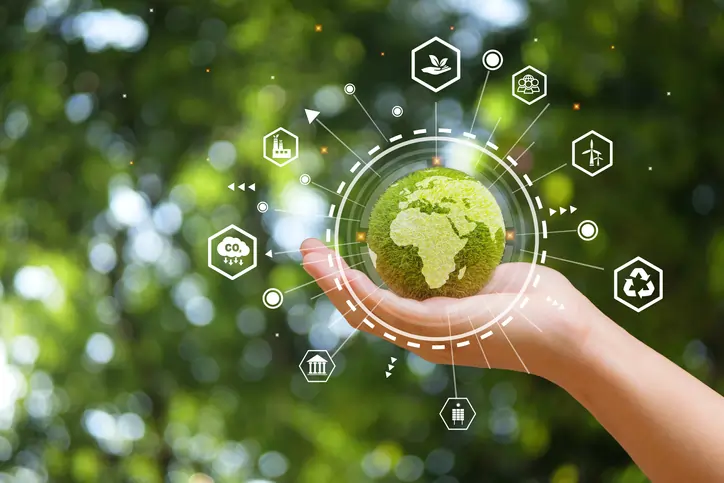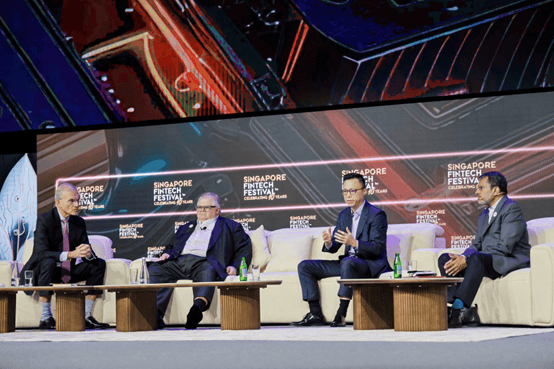
The Ecological Errors of the Race to Modernity
The race for a global green economy is accelerating at break-neck speed. It is perhaps the most important of our time, but we mustn’t lose focus and fall into the trap of false solutions. Indeed, our modern societies seem obsessed with innovation, trying to strike a balance between modernisation and ecological purity. But what if some of these leading-edge solutions presented as “green” are actually causing real damage to the environment? In many sectors, plastic is being espoused as an ecological solution. Are we losing our minds?
Few people would argue that humanity’s long term survival depends on the end of oil, a complete and total decoupling of our economies from the global dependence on fossil fuels and a reconfiguring of our economic systems to ensure long term sustainability. All industrial sectors are aware of this, and are recalibrating their commercial strategies to reflect a more “green” or “ecological” approach to the manufacture of their products.
Are these products really more environmentally friendly, though? If electric cars rely on lithium batteries, the production of which can be environmentally destructive, causing water pollution and loss, toxic waste spills, biodiversity loss and soil contamination, is this a sustainable solution? Are we really reducing our use of plastic? You can’t build a greener world by increasing the production of plastic. Are nature-based solutions the only viable way forward? In the race to build economic and ecological resilience for future crises, perhaps we are getting ahead of ourselves. Some stories from around the globe should serve as a warning, a cautionary tale for over-zealous innovators.
Decarbonisation
We can’t argue with the fact that electric cars are the future. Consumers around the globe are attracted to their ultra-low operational carbon footprint. They don’t produce direct emissions by burning petrol or diesel, but manufacturers are having to tackle an emissions problem upstream: battery production. Producing the large lithium-ion batteries used to power EVs is the biggest source of embedded emissions for both electric cars and trucks, accounting for about 40 to 60 percent of total production emissions, according to a study by Mckinsey.
This fact has brought the industry somewhat back down to earth. Pressure is increasing to decarbonise the entire value chain, take into account the negative environmental and social effects of lithium mining. EV batteries contain nickel, manganese, cobalt, lithium, and graphite, which emit substantial amounts of greenhouse gases (GHGs) over the course of their mining and refining processes. “One of the biggest environmental problems caused by our endless hunger for the latest and smartest devices is a growing mineral crisis, particularly those needed to make our batteries,” said Christina Valimaki, an analyst at Elsevier.
Mining lithium for battery production has some serious environmental effects, harming soil, contaminating the air and water… “Like any mining process, it is invasive, it scars the landscape, it destroys the water table and it pollutes the earth and the local wells,” said Guillermo Gonzalez, a lithium battery expert from the University of Chile, in a 2009 interview. “This isn’t a green solution – it’s not a solution at all.”
The majority (70 per cent) of this market is dominated by China, where emission-intensive industrial processes are exacerbated by a continued reliance on fossil fuel energy sources. There is hope that significant EV production emissions reductions are feasible by 2030, but the industry is running against the ecological clock. Recent extreme weather events attest to this…
More plastic?
Some sectors are turning to synthetic polymer substrates, or plastic. Globally, only 9 per cent of plastic is recycled and plastic pollution is growing relentlessly as waste management operations fall way short, according to the OECD. Moreover, our dependence on plastic is increasing: half of all plastics ever manufactured have been made in the last 15 years. Production increased exponentially, from 2.3 million tons in 1950 to 448 million tons by 2015, and it is expected to double by 2050. Every year, about 8 million tons of plastic waste escapes into the oceans from coastal nations. This has resulted in plastic finding its way into the food chain. 1 in 3 fish caught for human consumption now contains plastic…
The environmental problems this addiction to plastic can pose are obvious. Which is why it is important to question some industries for turning to plastic as a solution for ecological sustainability. Does it really make sense? Take the banknote printing sector, for example. For decades, banknotes have been made from various natural materials, such as linen, cotton, or different papers produced using different plants depending on where you are in the world (mitsumata in Japan or Abaca in the Philippines, for example), often sustaining local economies. Their apparent fragility has led some central banks to turn to polymer substrates as a long term solution. Really?
The durability of polymer has been vaunted as a long term, ecological solution to the problem of banknote endurance. Adopted enthusiastically by some, rejected by others, polymer banknotes have certainly been controversial. Some studies have actually shown that the carbon footprint of polymer notes is greater than that of paper notes, in spite of their ostensible longer lifespan and apparent ecological advantages, proven misguided. Extolled as more secure in a world where counterfeiting is becoming more prevalent, polymer notes will, eventually, end up adding more plastic into an environment already on its knees. Indeed, there is no empirical proof that polymer notes do protect more from counterfeiting, nor has and independent study taken place.
The truth is, the world is actually creating more plastic waste, eyen single-use, from products developed using polymers manufactured using fossil fuels. A study by Minderoo has highlighted that we are actually producing more single-use plastic than ever, used in a plethora of every day items. “It demonstrates beyond any doubt that the plastic pollution problem is getting much bigger and is being driven by the polymer producers, which are of course, driven by the oil and gas sector,” said Andrew Forrest, Minderoo founder and chief executive of iron ore giant Fortescue Metals.
Innovation, in this case, seems to have taken a wrong turn.


